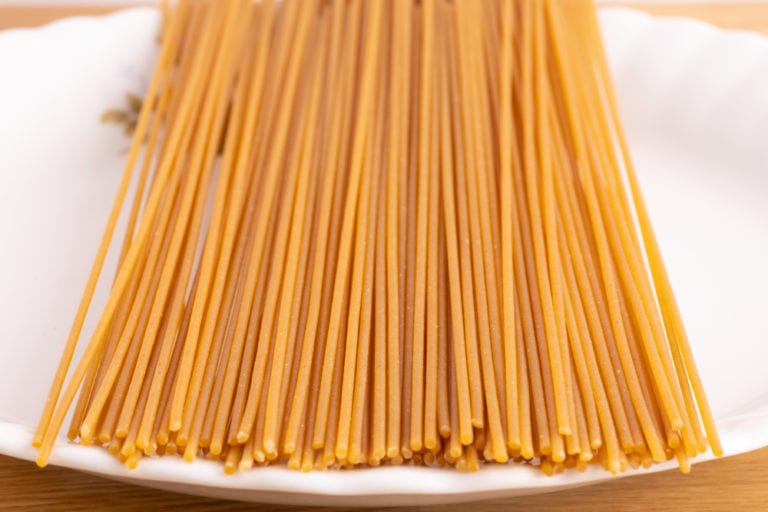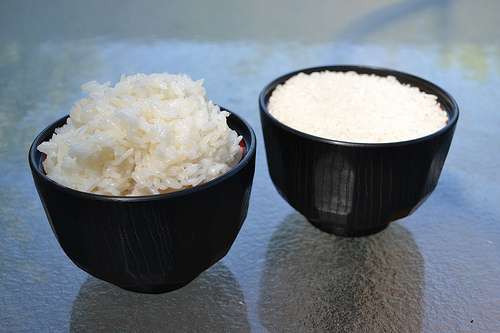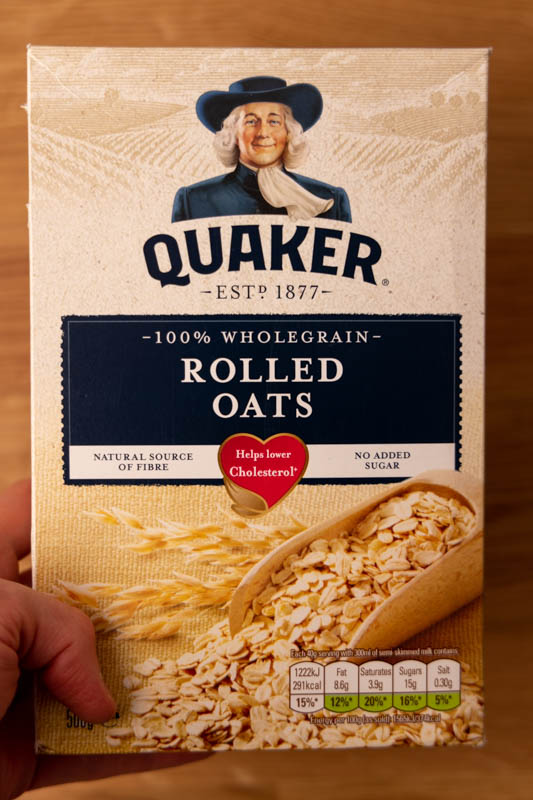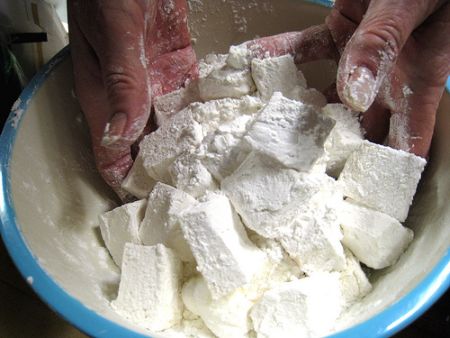Do Grits Expire? Storage, Shelf Life, and Spoilage
Grits is often sold in bulk, so if you stumbled upon a great sale, you probably bought too many packs. Once you realize that, you start to wonder: do grits expire?
Or maybe you cooked up a big batch of grits with southern favorites like fried catfish, country ham, shrimps, or salmon croquettes. But you overestimated how much ingredients you should use, and now you have a meal-for-two worth of leftovers.
Obviously, you don’t want to throw them out, but you’re not sure what’s the best way to keep them around. Or how long.
If you’re looking for more information on storage, shelf life, or going bad of grits, both raw and cooked, this article is for you. Read on.

How to Store Grits
Storing Uncooked Grits
Grits is made from maize or corn that’s been ground into a coarse meal. So it’s a close cousin of cornmeal, which is finely ground corn.
When cooked, grits have the same consistency as oatmeal or corn soup. And, not accidentally, you should store grits similarly to how you store cornmeal or oatmeal.
Uncooked grits, instant or stone ground, should sit in a cool and dry place, away from any sources of moisture.
Once you open the container, remember to keep it closed whenever you put it back in storage.
If grits come in a package that’s not easily resealable, you need to take care of sealing it on your own. An airtight container, freezer bag, or a cereal container will do the trick.
When it comes to where exactly you should keep grits, there are two options. First is the pantry, which is where most people store grits. And this choice is perfect for instant grits.
When it comes to stone-ground grits, and especially those that use the whole kernel, the freezer is the best choice for long term storage. The nutritional profile and flavor of the contents of the seed degrade much faster at room temperature than when frozen. All in all, the closer the grits to the natural, unprocessed product, the more valuable freezing it is.
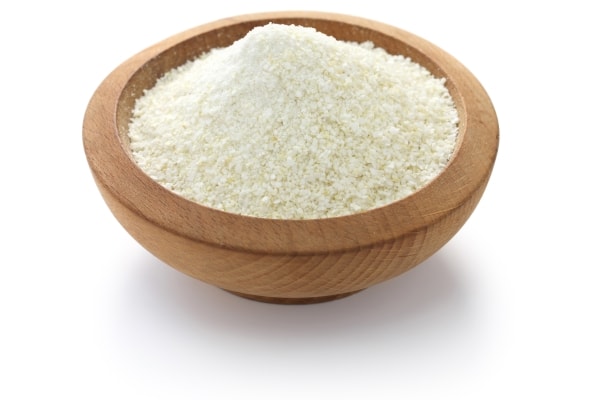
Storing Cooked Grits
For cooked grits, the fridge is the way to go.
Let the leftovers cool down to about room temperature and put into airtight containers. Since you don’t want to leave the grits at room temperature for too long, you can transfer the leftovers onto plates. That will speed up the cooldown process.
If you ever experience any issues with removing cooked grits from the container, next time spray the bottom with non-stick spray.
Last but not least, please note that prepared grits will solidify when refrigerated.

How Long Do Grits Last
Grits usually come with a best-by date, and that’s a good starting point.
Generally, instant grits have a noticeably longer shelf life than the stone-ground variety, but its nutritional profile isn’t nearly as good. You can expect instant grits to retain freshness for at least a few months past the date on the label.
When it comes to stone-ground grits, I suggest you go with the date on the label if you store it in the pantry, or at least 6 months more if you keep it frozen.
As for cooked grits, similarly to prepared oatmeal, it doesn’t last that long. All in all, 5 to 7 days in the fridge seems like a reasonable estimate. But if you added any volatile ingredients that don’t last that long when cooked, that period will drop to 3 to 5 days, or even less. Of course, all of that depends on the ingredients you added.
| Pantry | Fridge | Freezer | |
|---|---|---|---|
| Instant grits | Best-by + 3 – 6 months | ||
| Stone-ground grits | Best-by | Best-by + 6 months | |
| Cooked grits | 5 – 7 days |
Please note the periods above are estimates and for the best quality only.

How To Tell If Grits Have Gone Bad
Let’s start with black specs in the package. If you’ve bought stone-ground whole kernel grits, black specs are perfectly fine. In other words, if black specs were in the package to begin with, they aren’t an issue.
But if there weren’t any, and some started to show up over time, that’s a definite sign grits is going bad, and you should get rid of it. Same thing if water got into the package and there’s mold in there.
Dry grits may change in aroma or color if you store it for far too long. If you notice such changes, the ground corn is past its prime, and it’s time for it to go.
When it comes to prepared grits, if there’s anything wrong with the dish in terms of appearance, smell, or taste, throw it out. Same thing if you already store it in the fridge for more than a week.
Rotten Records: Share Your Snap!
Caught some food past its prime? Upload your photo to “Rotten Records” and help others spot the signs of spoilage. Every image makes our food community safer and more informed!
